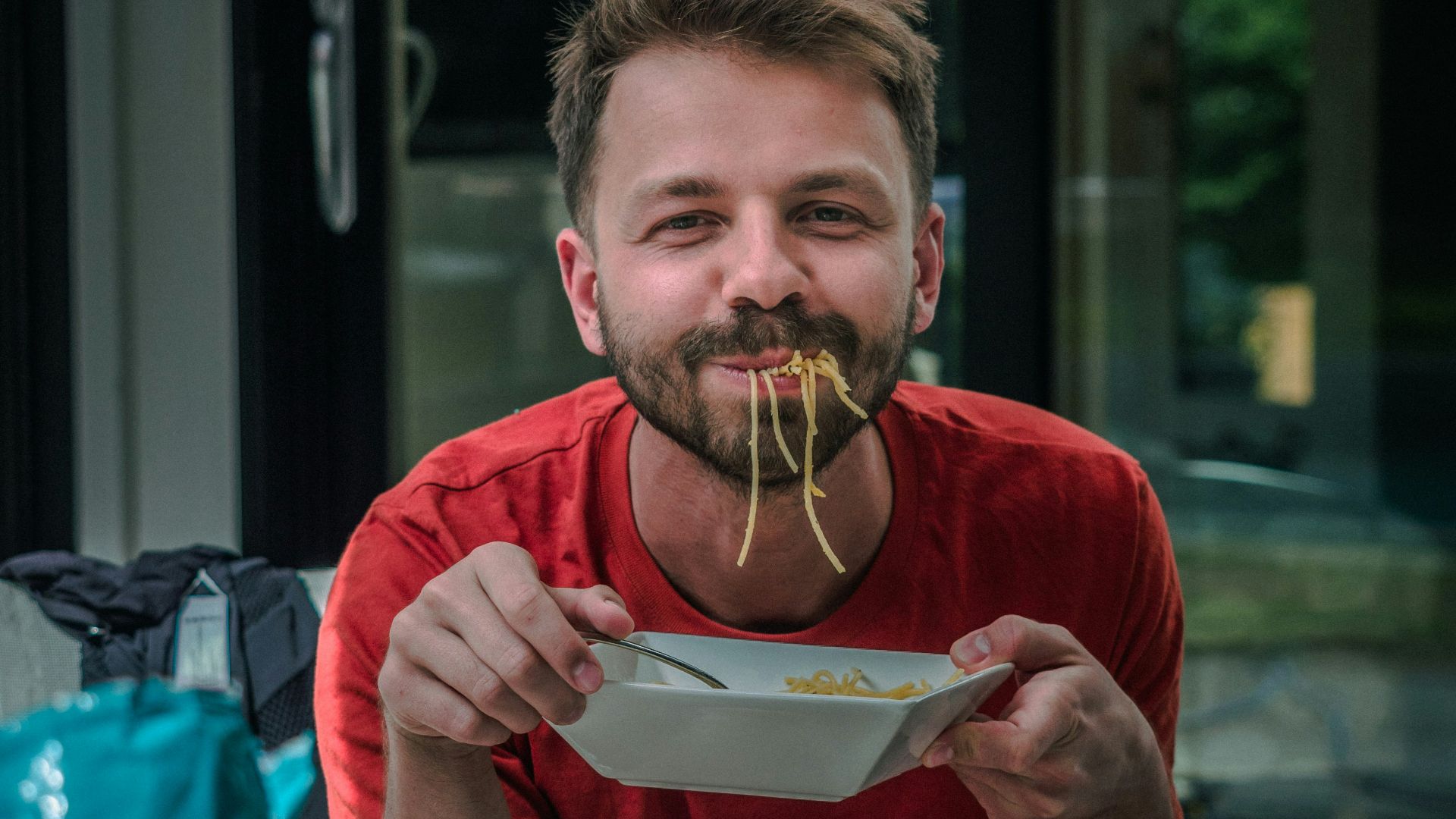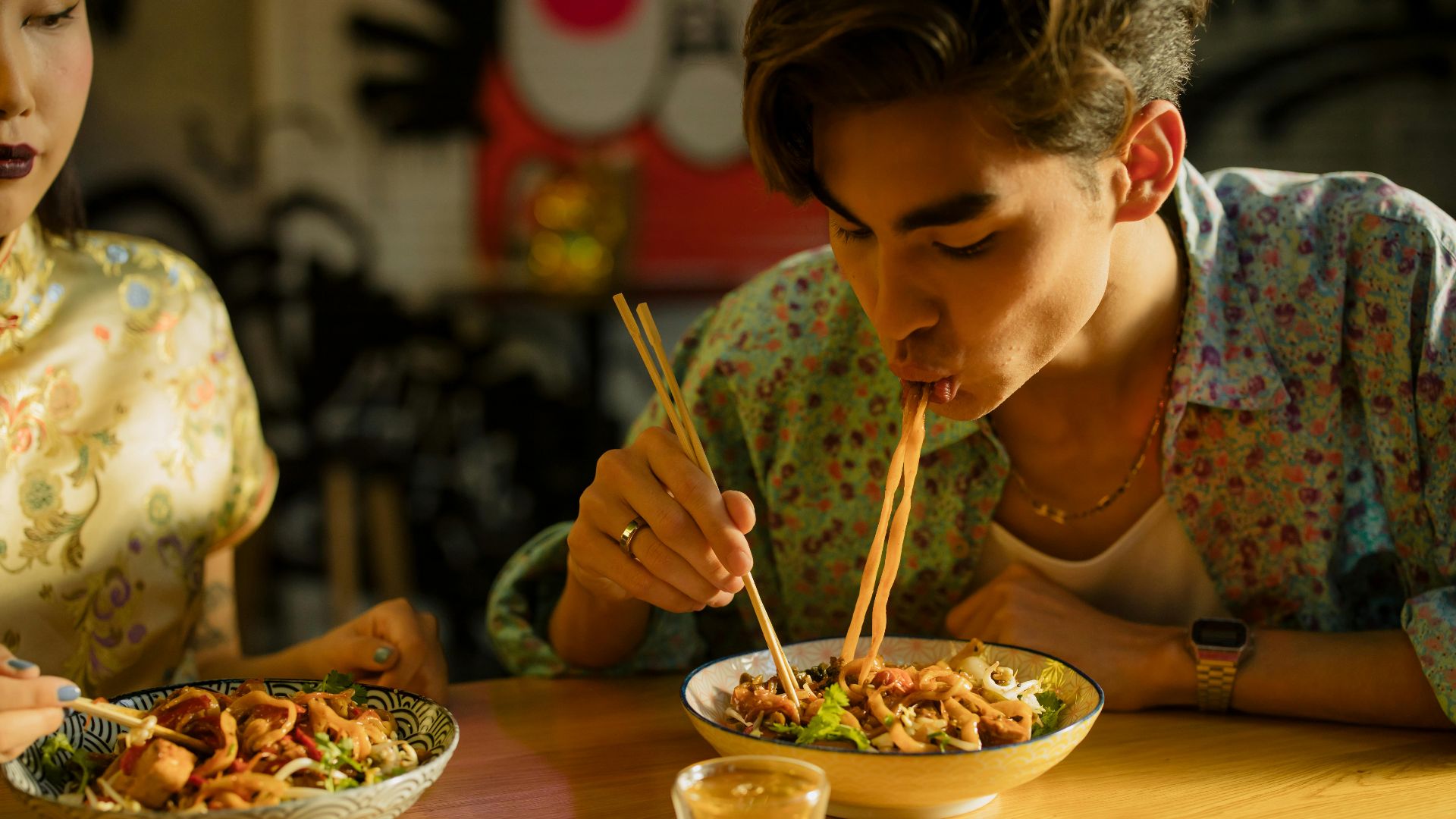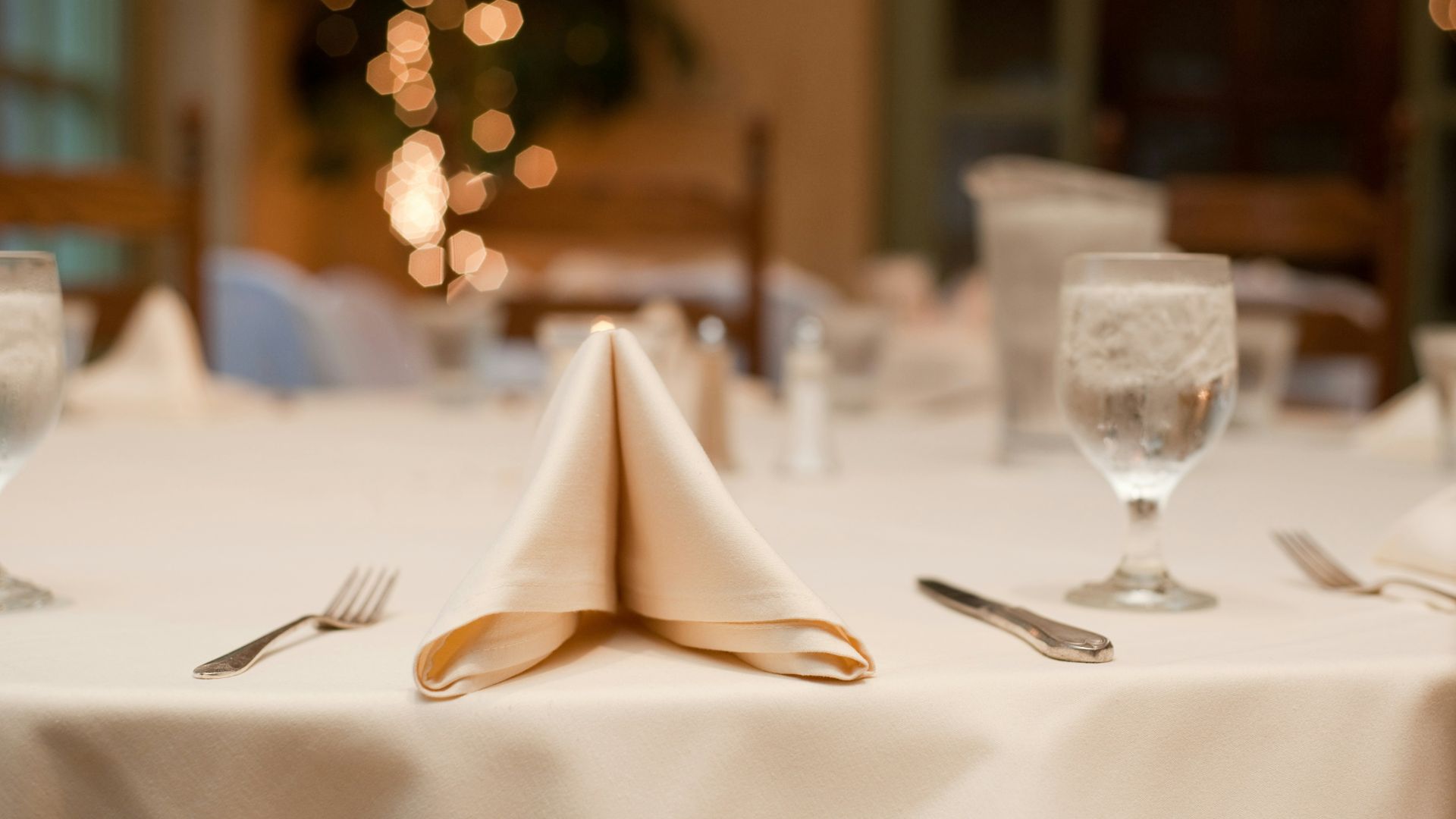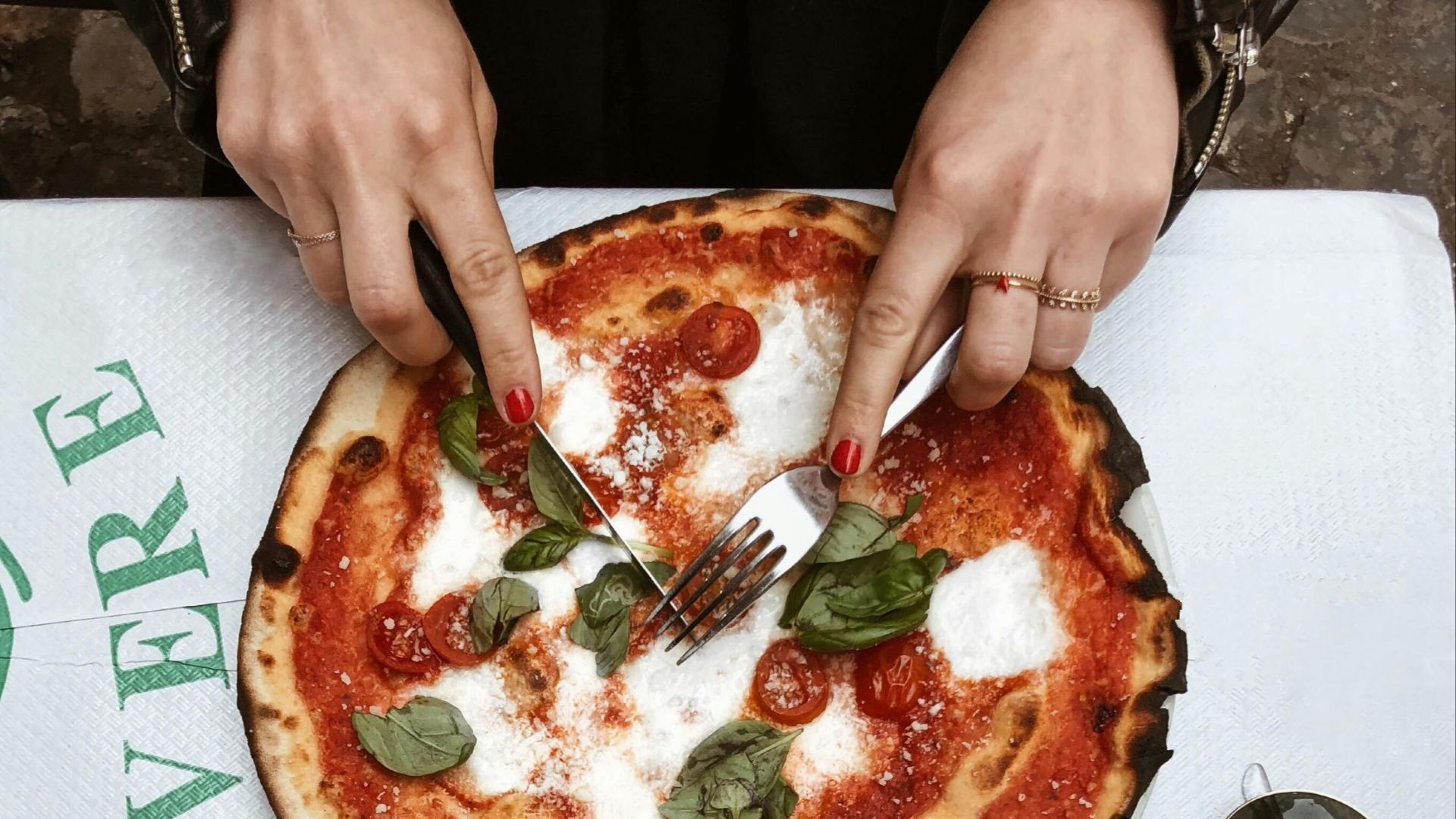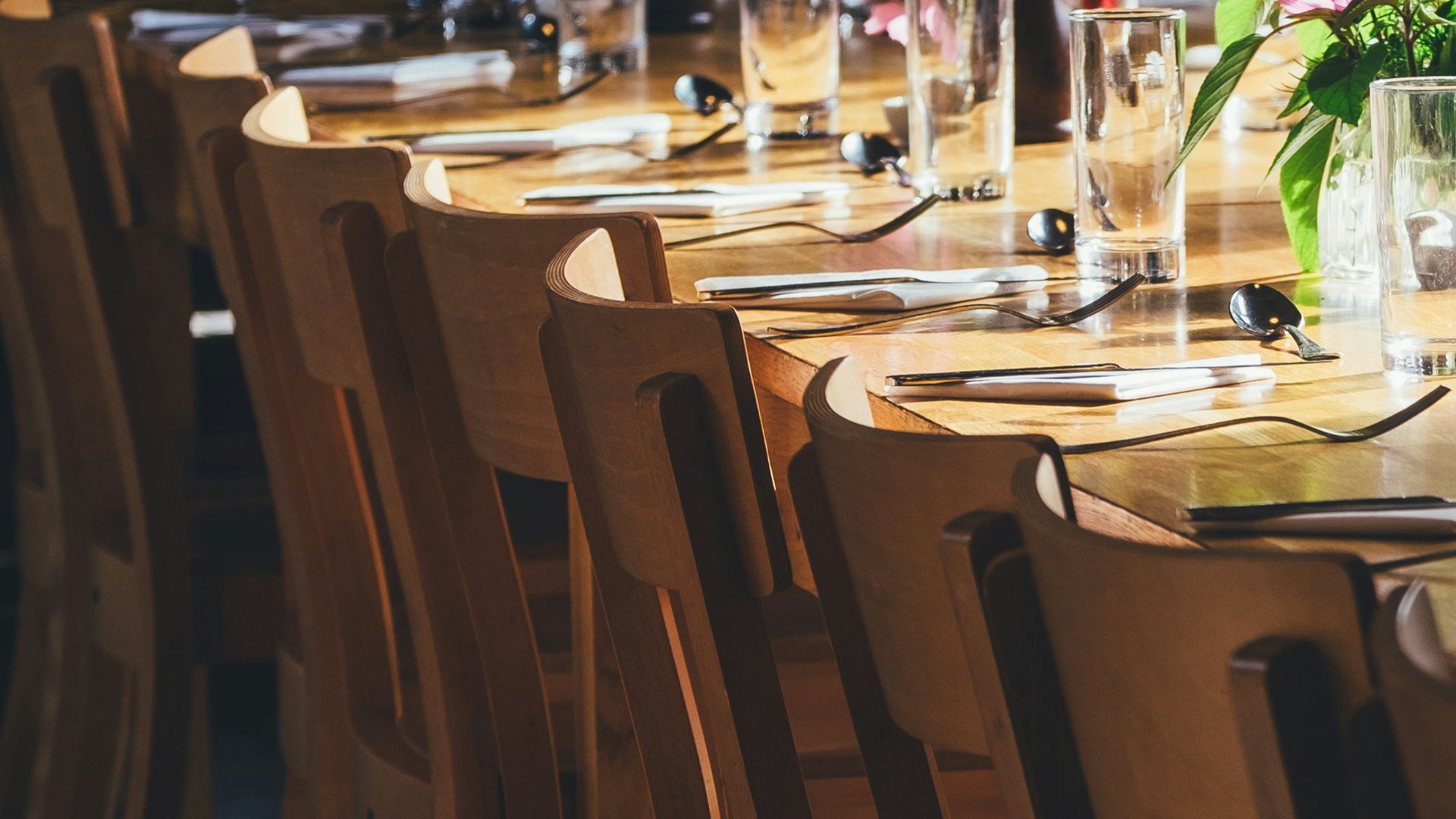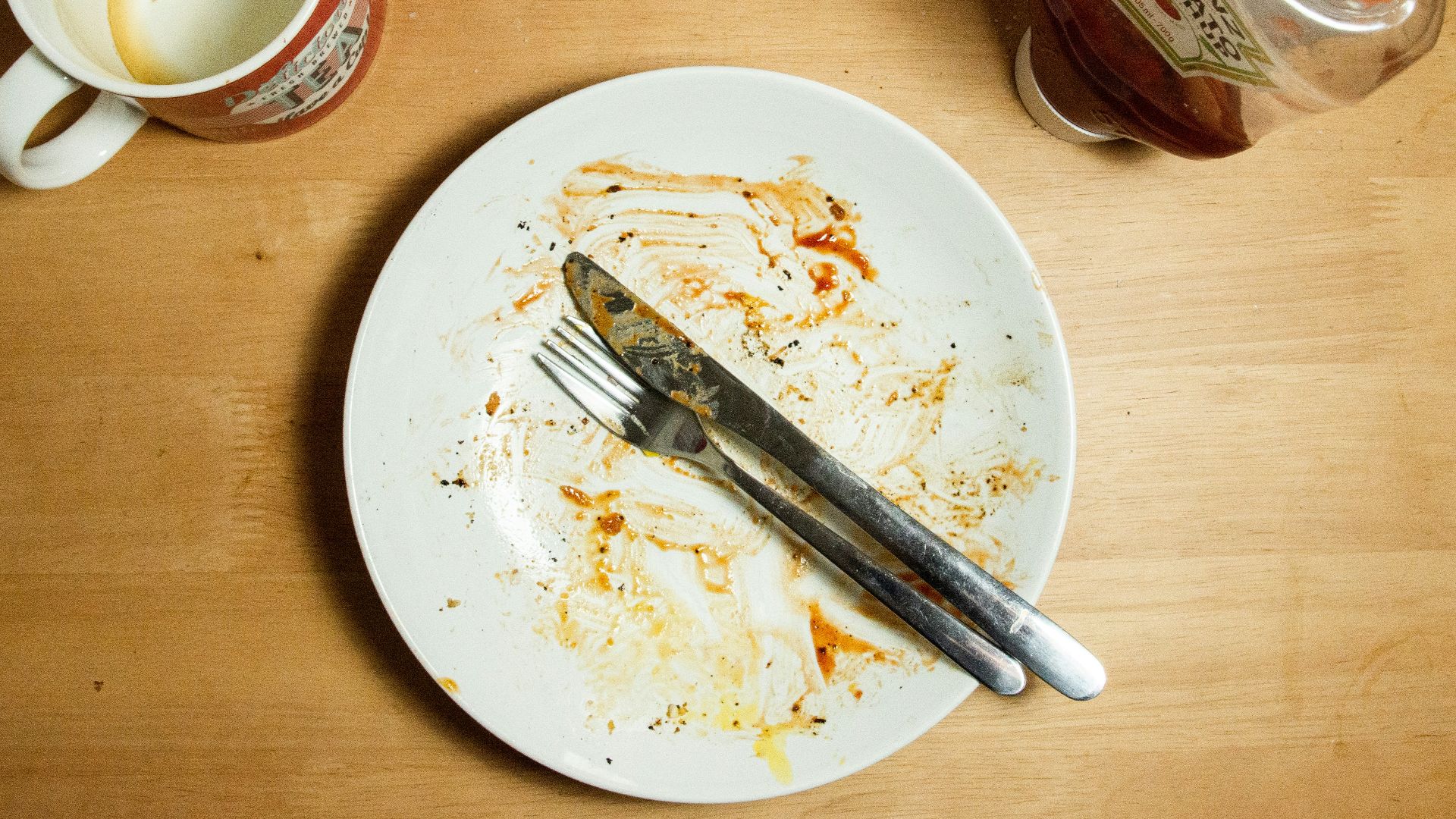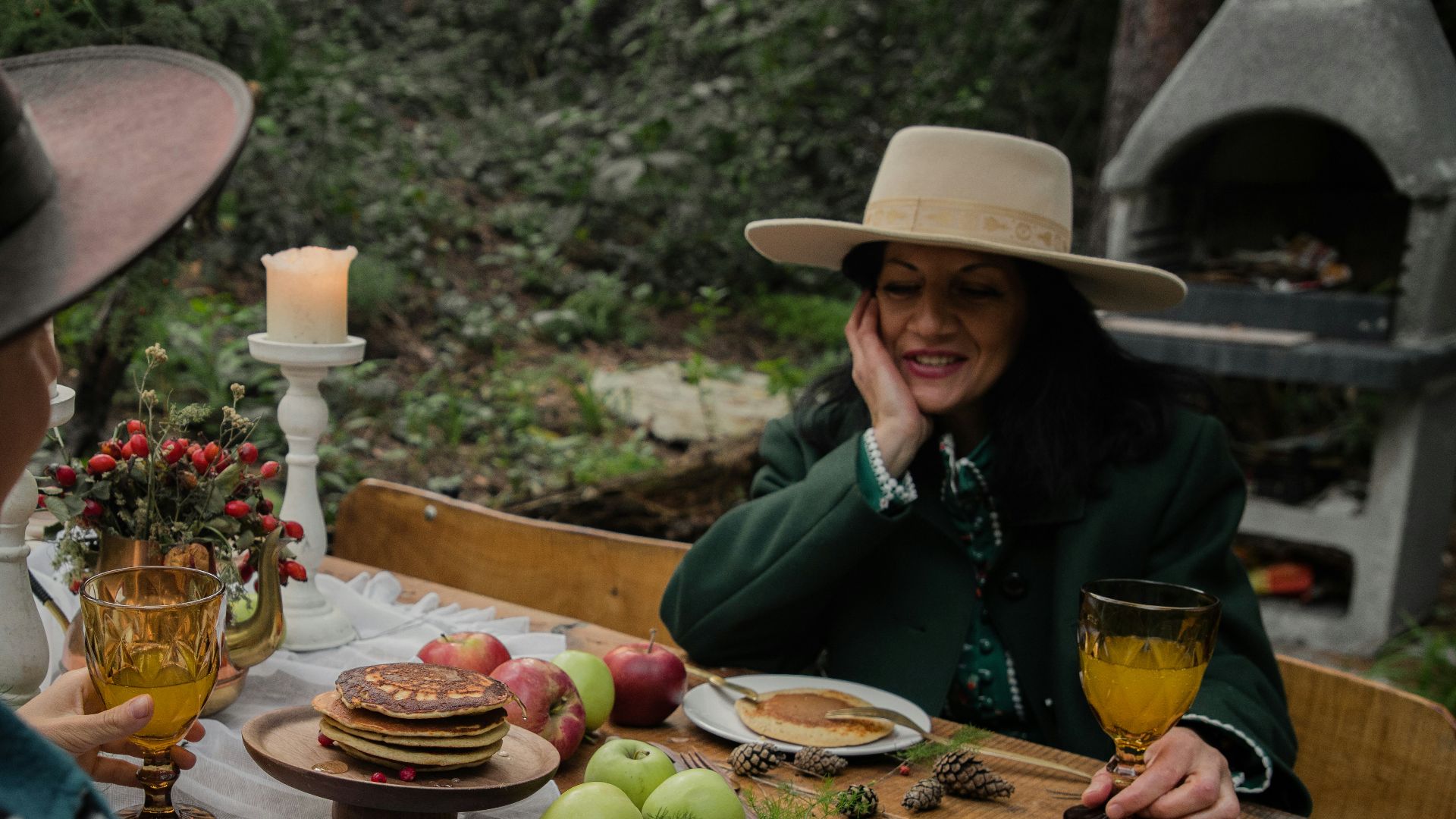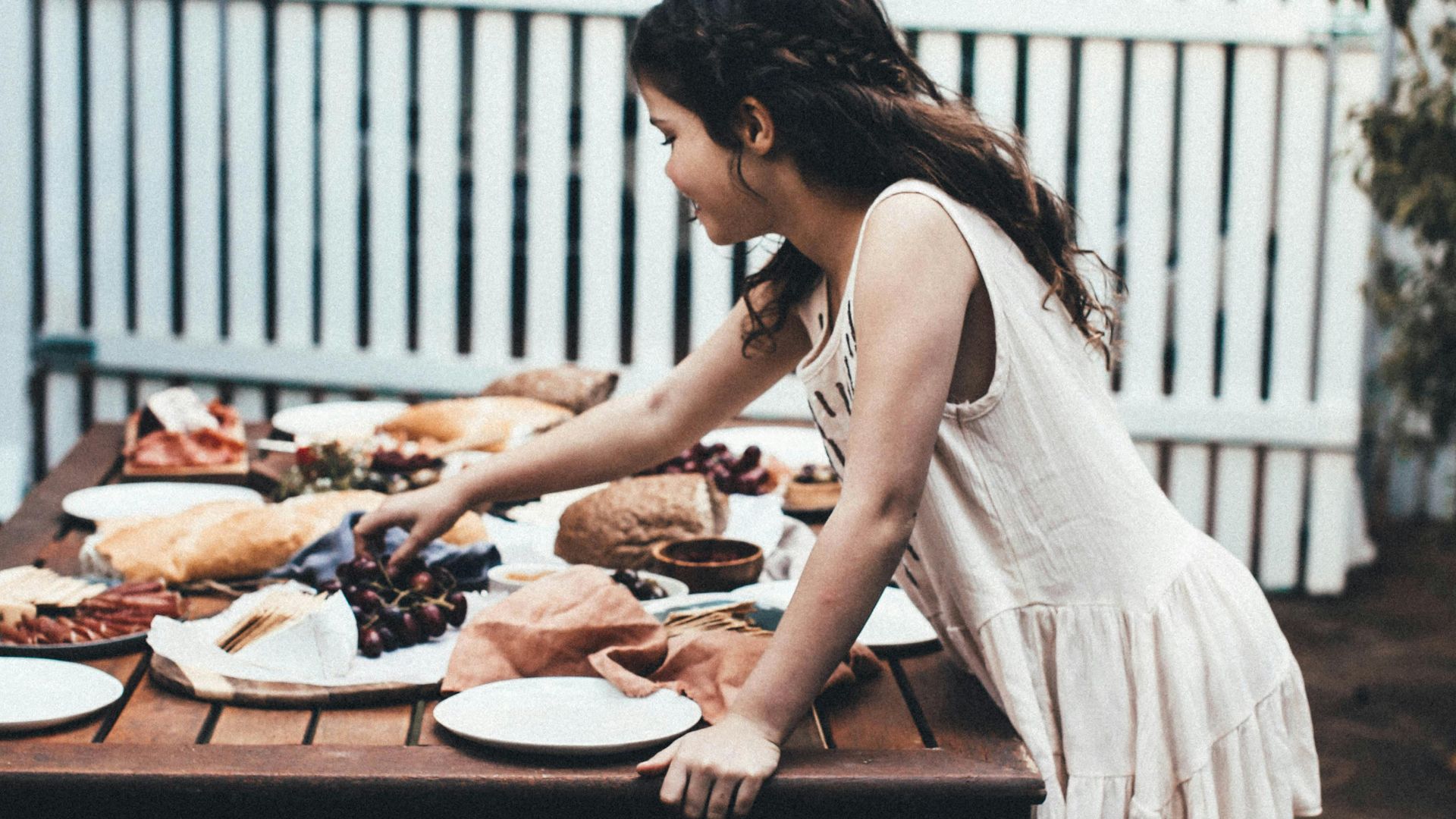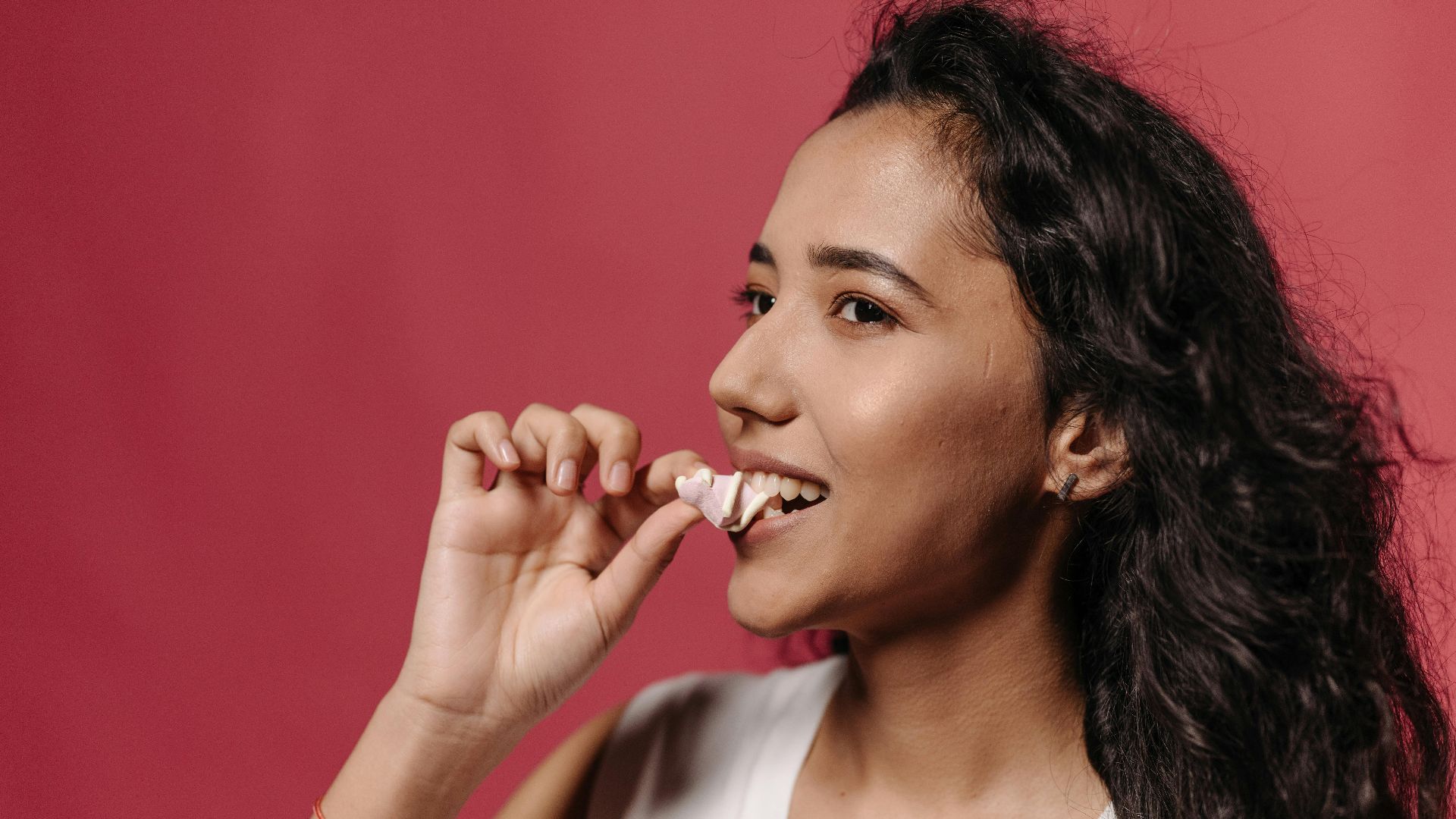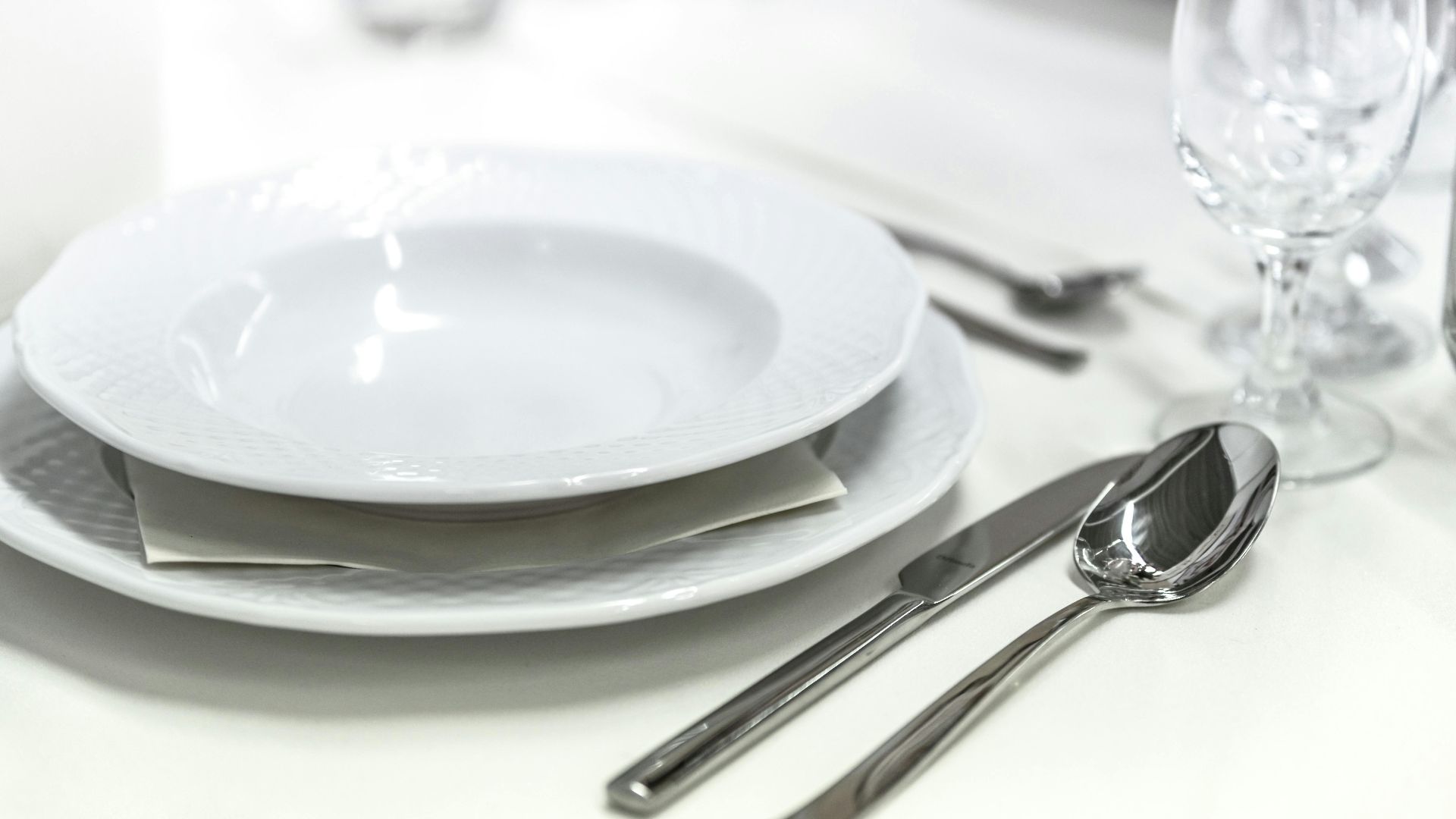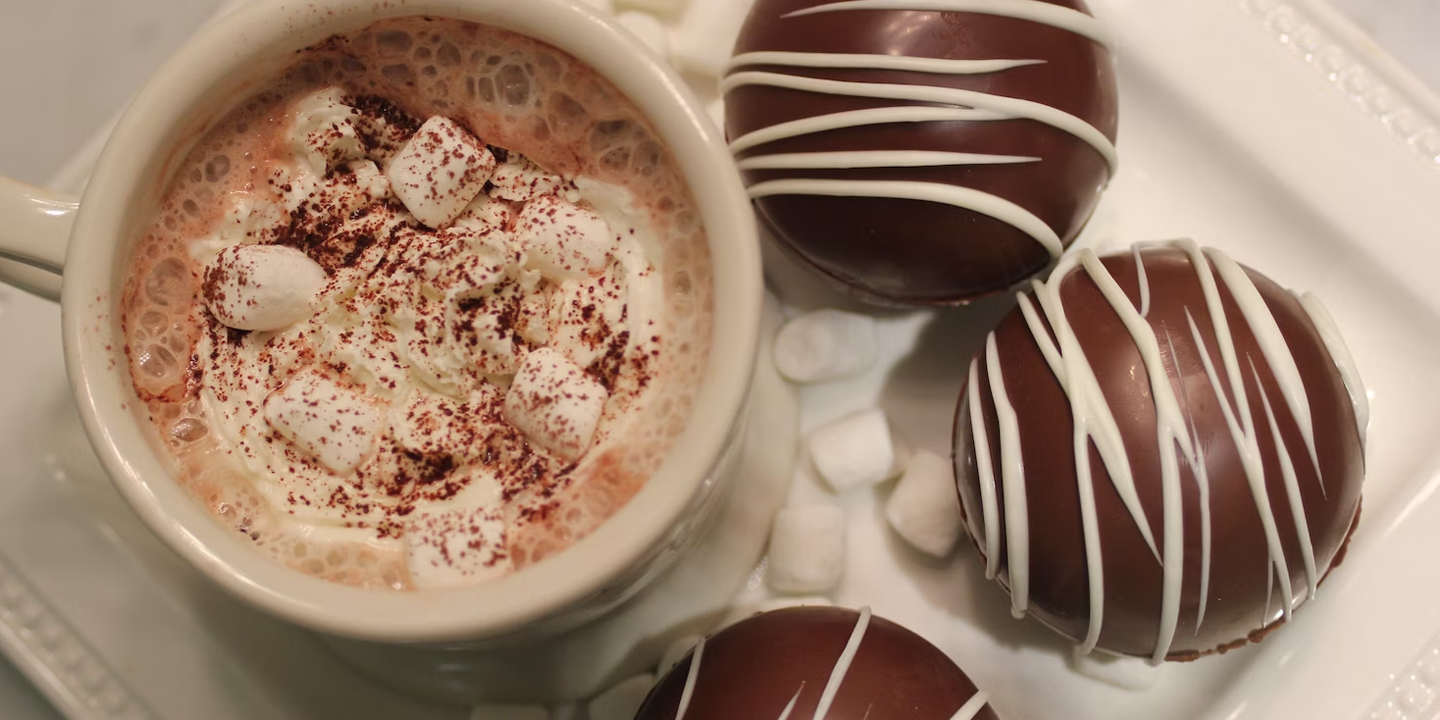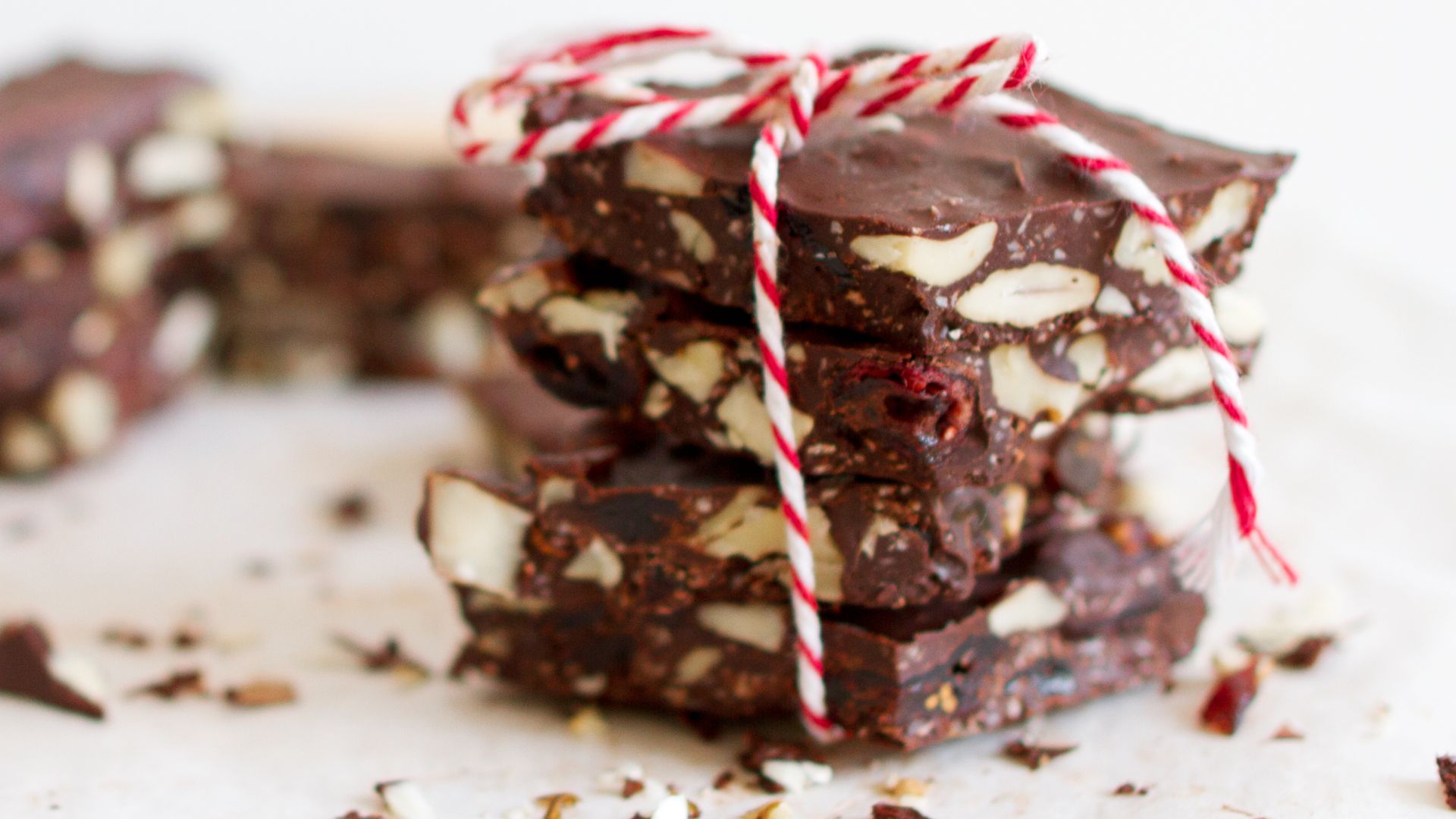Mind Your Manners
People used to be very uptight and particular about the way the dining experience should go. There were a ton of rules, many that make sense, but far more that were just over the top. That's why today, we're going to show you a mix of both: some of these table manners should be followed more often, and some, we're glad are gone for good.
 Photo By: Kaboompics.com on Pexels
Photo By: Kaboompics.com on Pexels
1. No Elbows on the Table
Despite being an easy thing to do, this simple rule is often overlooked. Elbows should never be placed on the dinner table; it's seen as a sign of laziness, boredom, and a lack of enjoyment during the meal.
 Oklahoma Academy Publishing on Unsplash
Oklahoma Academy Publishing on Unsplash
2. Using the Proper Fork for Each Course
During formal dining experiences, you've probably noticed more than one fork placed by your plate. And no, you can't just use whichever one you want. There's a proper fork for each course, and it can even vary depending on whether you're eating salad, fish, or dessert. Using the wrong one can sometimes be seen as inappropriate or careless!
3. Waiting for the Host to Start Eating
No matter how much your stomach is rumbling, you have to wait until the host has brought out all the food and is seated before you can dig in. It's a sign of respect that you don't want to ignore.
4. No Talking with Your Mouth Full
We know you were taught this one at a young age: never talk with your mouth full. Not only is it an unpleasant sight to behold, it's pretty rude and unhygienic to start a discussion with someone when all they can see and hear is food in your mouth.
5. No Slurping or Making Noise While Eating
Though slurping is accepted in other parts of the world, in America, it's considered a very impolite thing to do. It's not just distracting, it's also not nice on the ears. No one wants to hear you slurp up all your noodles or soup when they're trying to have a nice, peaceful dinner.
6. Using a Napkin Properly
If you want to keep your clothes clean from any potential disasters, it's a good idea to use the napkin provided properly. These large cloths are meant to be placed on your lap during your meal, catching any food that might otherwise fall onto unwanted places.
7. Cutting One Bite at a Time
While cutting all your food in one go does make the rest of your dining experience a lot more relaxed, it was actually traditionally seen as a rude thing to do. Each piece of food should be cut bite by bite, so that it slows down your pace and you're not scarfing down your meal.
8. Serving from the Left, Clearing from the Right
In formal dining, when serving food you're supposed to start at the leftmost person. When cleaning up after the meal, everything should be cleared from the right side first. Who knew directions could matter so much when eating?
 Lefteris kallergis on Unsplash
Lefteris kallergis on Unsplash
9. Avoiding Political or Controversial Topics
When you just want to have a good meal, nothing ruins it faster than controversial topics that drop the mood. It's thought to be a rude thing to talk about as it can quickly spark debates that not everyone wants in on. Keep the dinner light-hearted and fun, save the heavy stuff for later.
10. Passing Food to the Right
When you're passing food around the table, make sure you're always handing it to the person on your right. This is the traditional way to do it, and it helps create a nice order that ensures everyone gets a chance to scoop some for their own plate.
11. Using Utensils in the Correct Hand
If you really want to get strict about things, no matter whether you're left or right-handed, the fork should always be in your left and your knife in your right. It's just the rule!
12. Touching Food with Hands
Using your hands to pick up your food? What are the utensils sitting there for then? To minimize the fear of spreading germs and to simply avoid getting your hands dirty, foods should never be picked up directly.
13. Excusing Yourself from the Table
Instead of just getting up to leave when you need to, you're traditionally supposed to excuse yourself before stepping away from the table. This is seen as a polite and classy way to let people know where you're going.
14. Finishing Everything on Your Plate
If you don't want to offend your host, you should never leave any leftovers on your plate. In many cultures, this is often a sign of disrespect! It might be taken as you didn't enjoy the food or it didn't taste good.
15. Taking Off Hats Before Dining
Considered shady and rude, wearing hats at the table was something that would instantly rub people the wrong way. So no matter how bad your bed hair is, you're going to have to deal with it - hats off!
16. Waiting for Everyone to Be Served
Before you dig in to the delicious meal in front of you, it's customary that you wait for everyone to be served before taking the first bite. It's a simple sign of respect that shows you care for others who are still waiting.
17. Reaching Across the Table
Tuck in your arms if you're afraid of doing this impolite act! In the table manners rulebook, reaching across the table to grab food is a major no-no. If you want something far away, politely ask someone to pass the food to you, not the other way around.
18. Chewing with Your Mouth Closed
Another piece of dining etiquette you likely learned at an early age: always chew with your mouth closed. It's one thing to talk with your mouth full, but it's another to chew with your mouth so wide open, everyone can see inside. If you're immediately turned off by the sound of that, it's a sign you shouldn't do it yourself.
19. Placing Cutlery Correctly After Eating
Each piece of cutlery has its proper location. Traditionally, forks and knives are supposed to be placed parallel to each other on the plate, signalling you're finished eating. It's a non-verbal way to communicate at the dinner table.
20. Using a Spoon for Soup
People have become a lot more carefree with their choice of utensils these days, but if there's one thing that used to always be followed, it's that spoons were always used for soup. Using anything else or simply drinking straight from the bowl was considered poor dining etiquette.
KEEP ON READING





